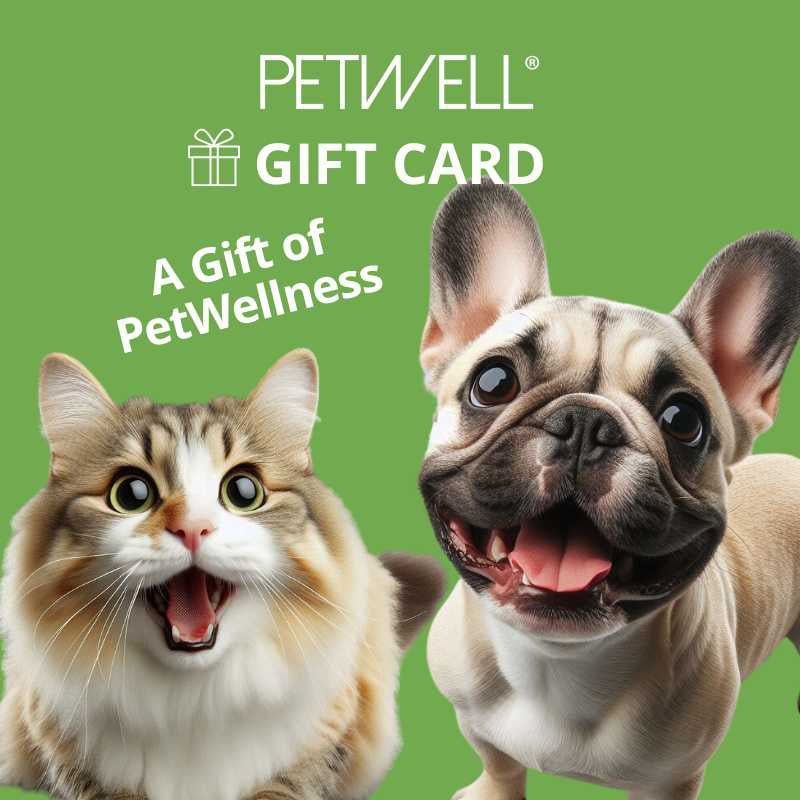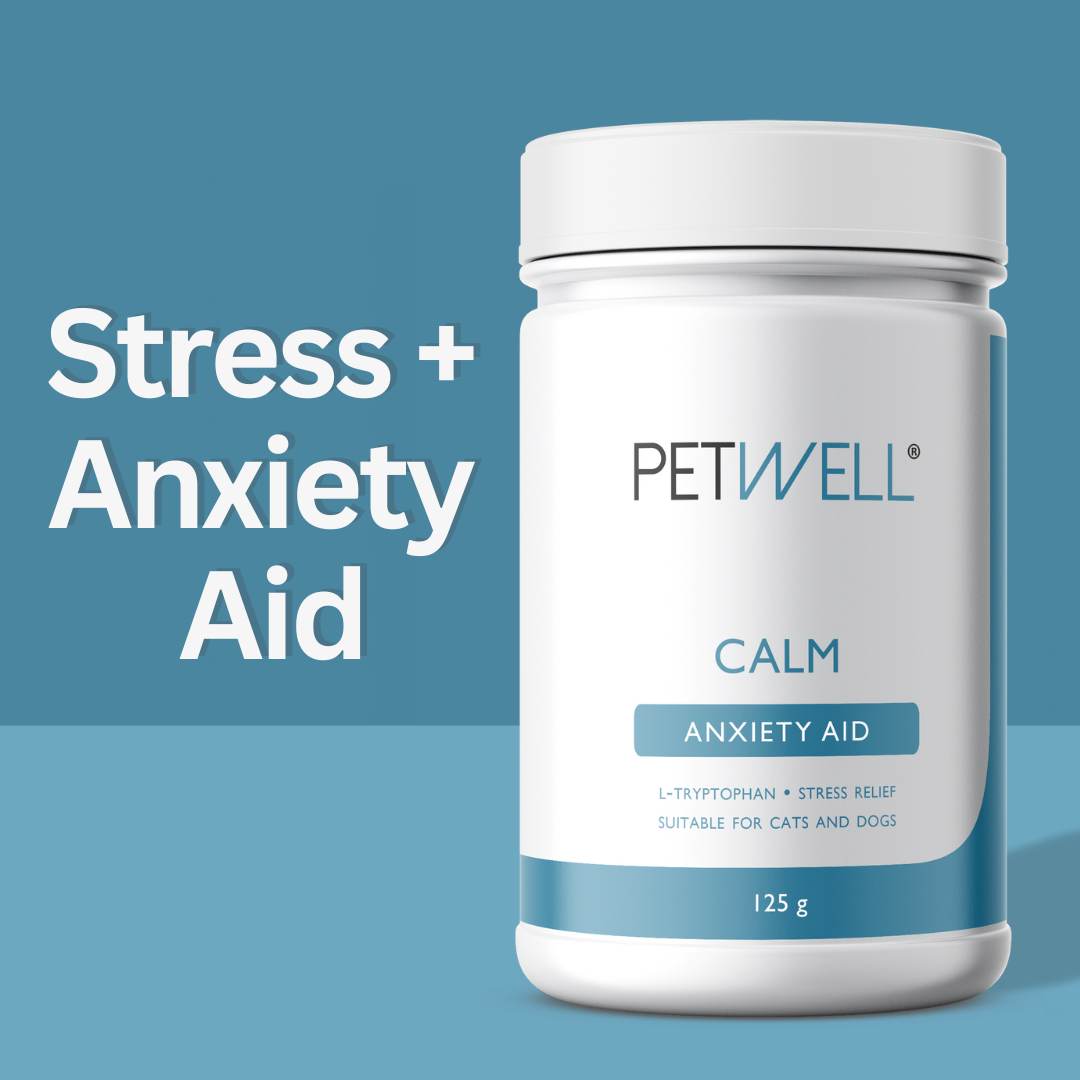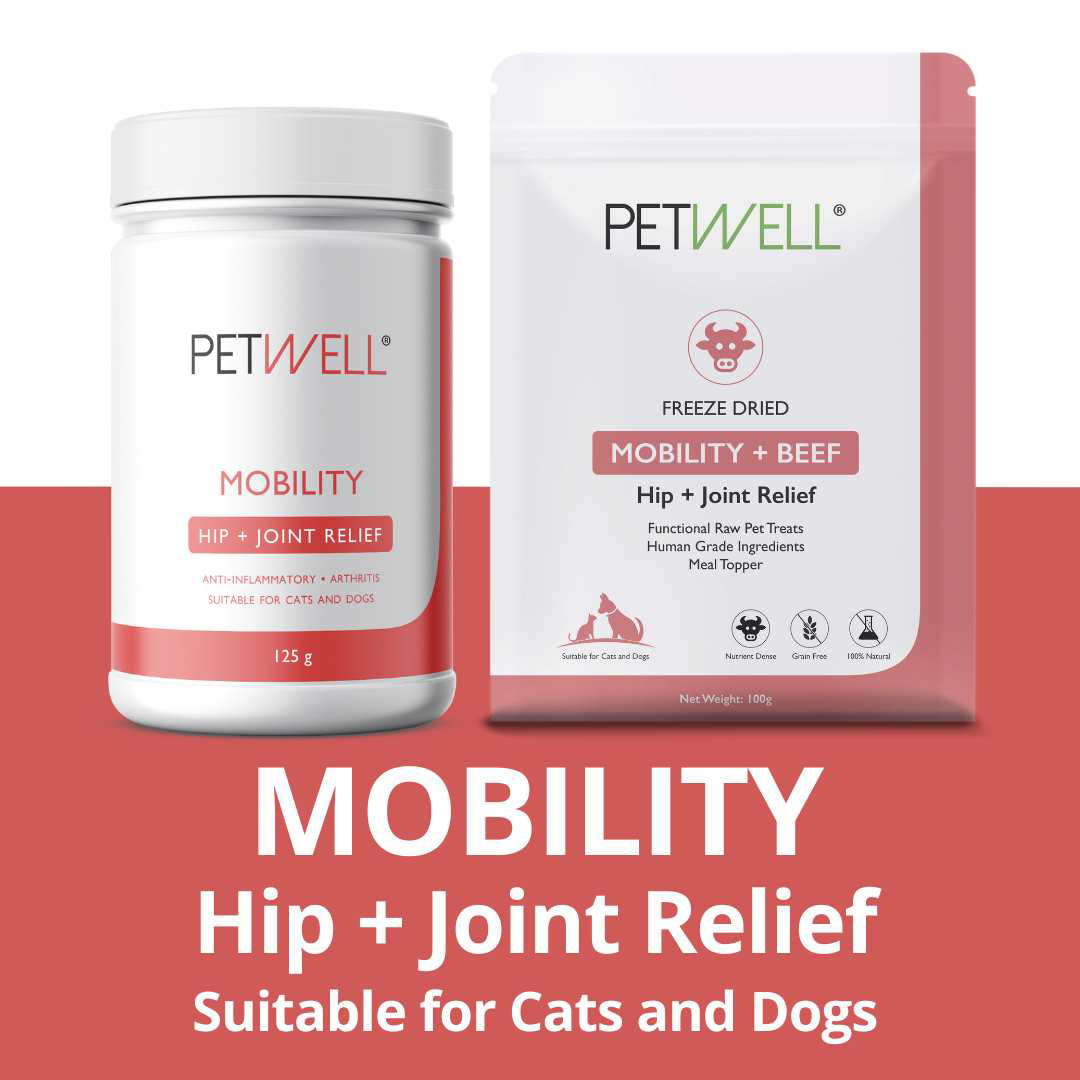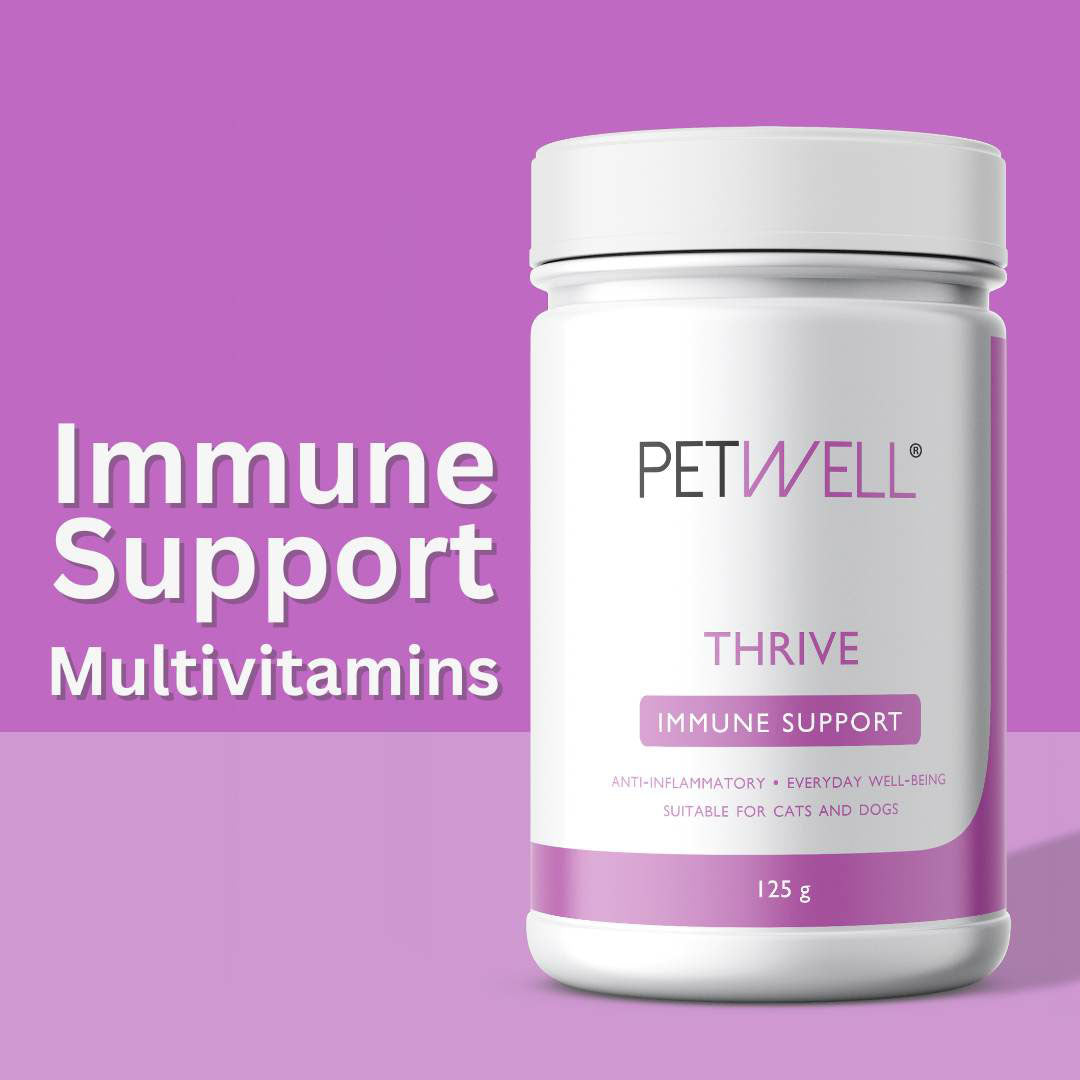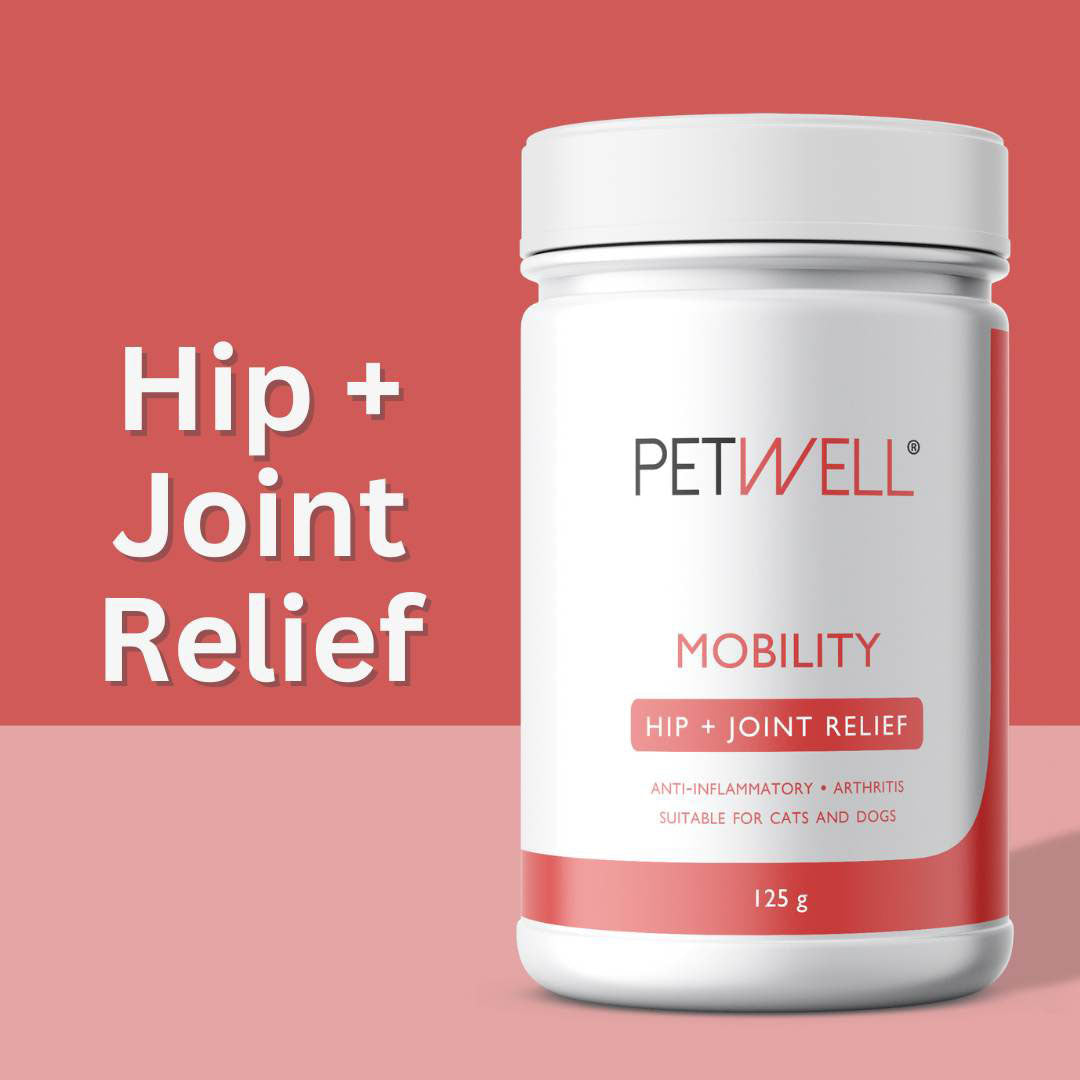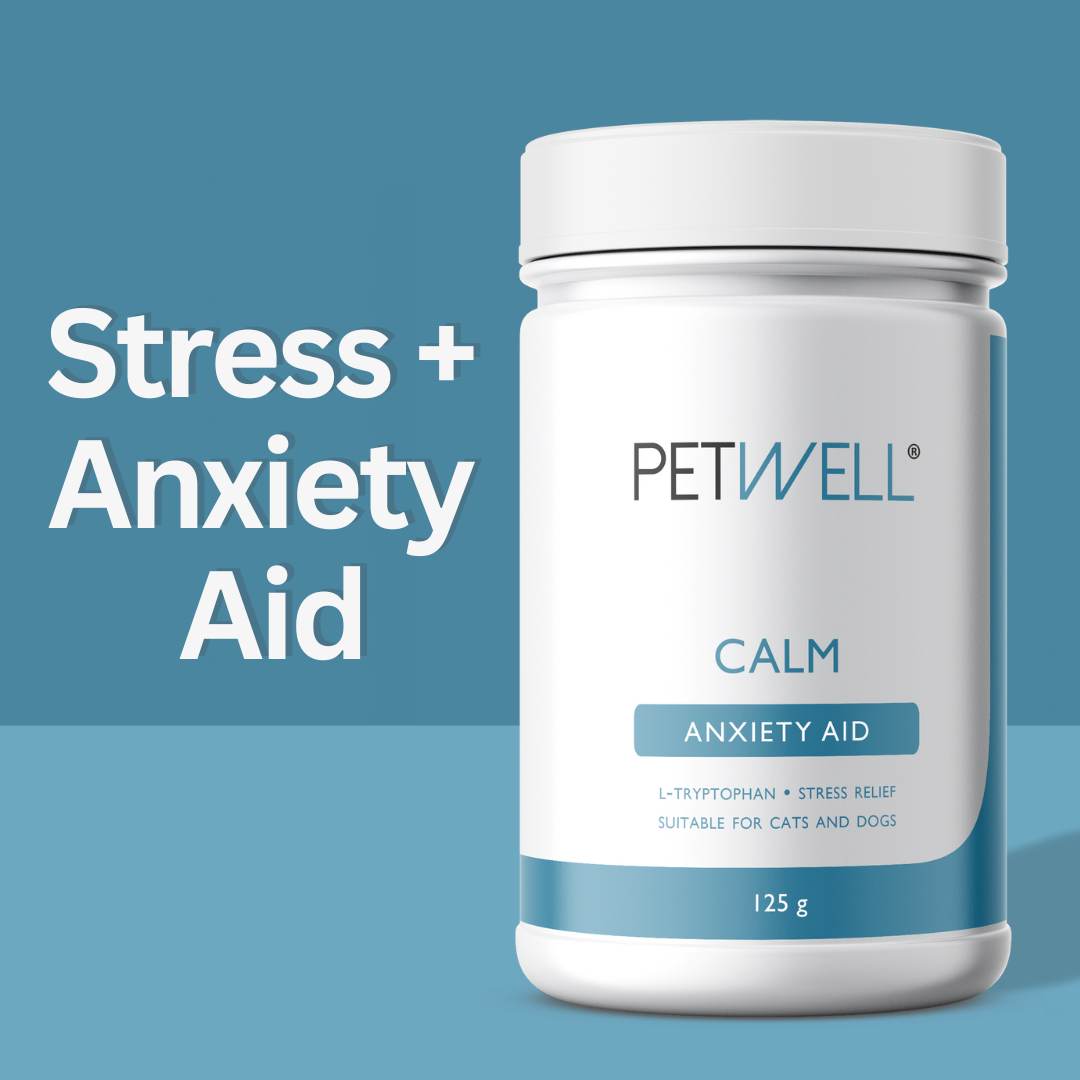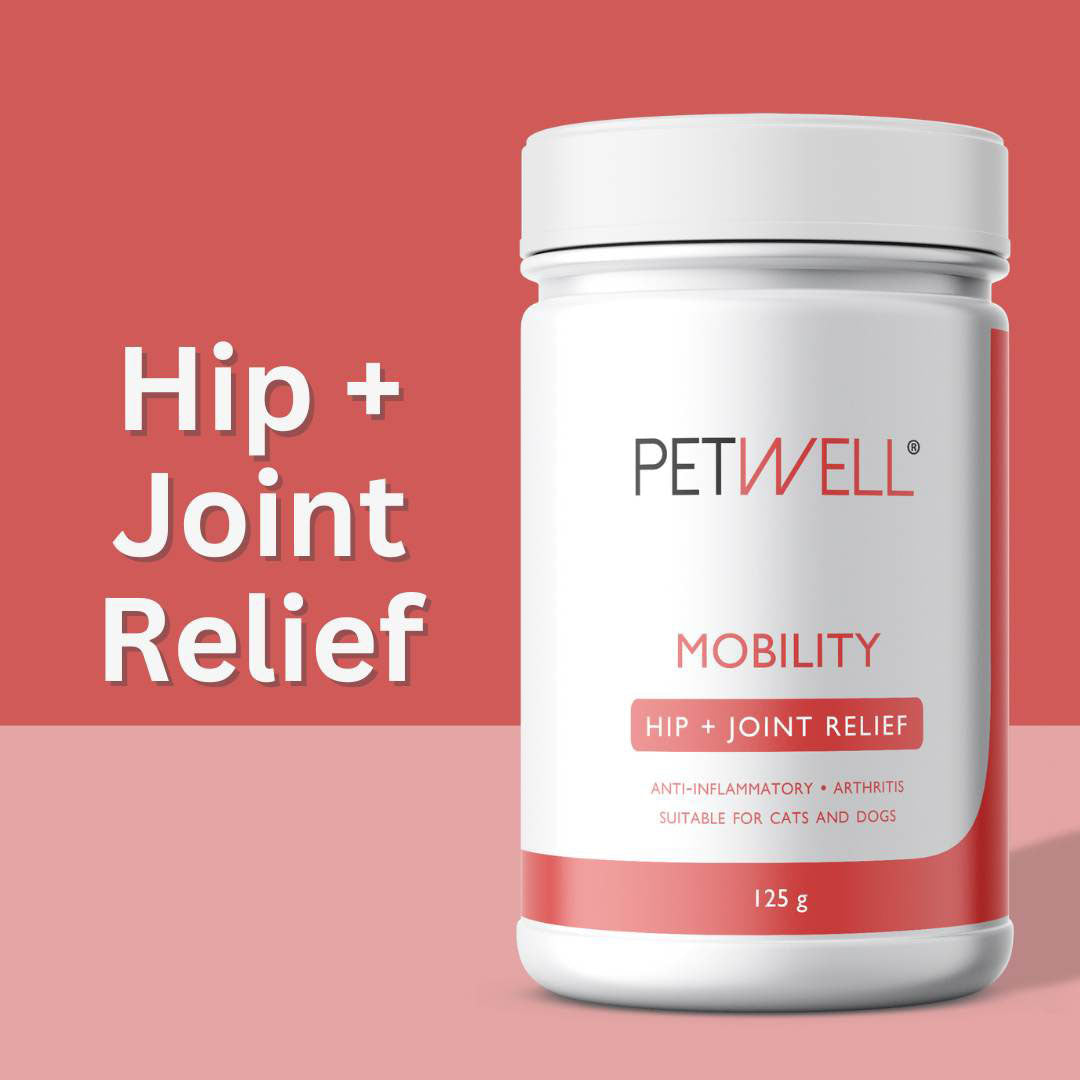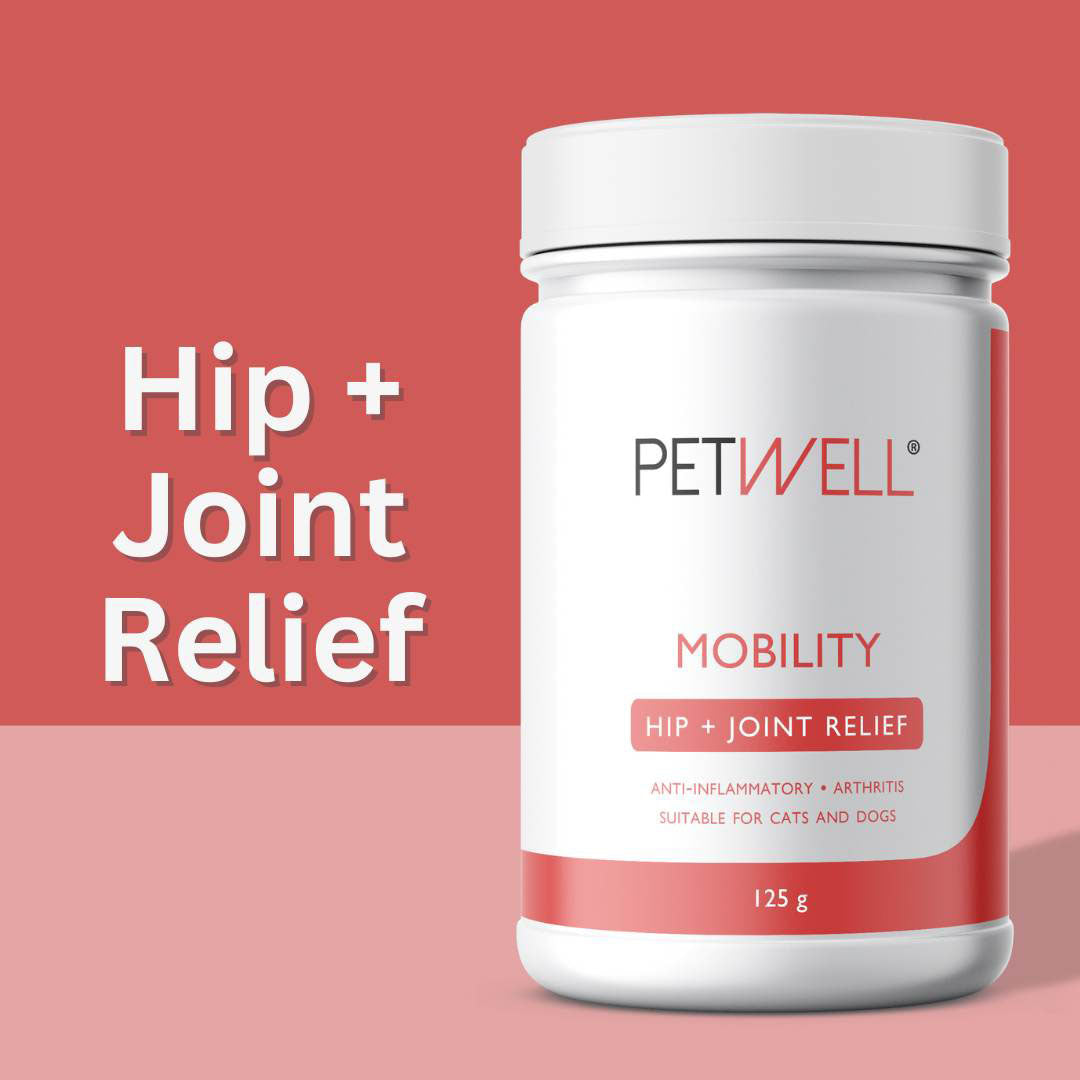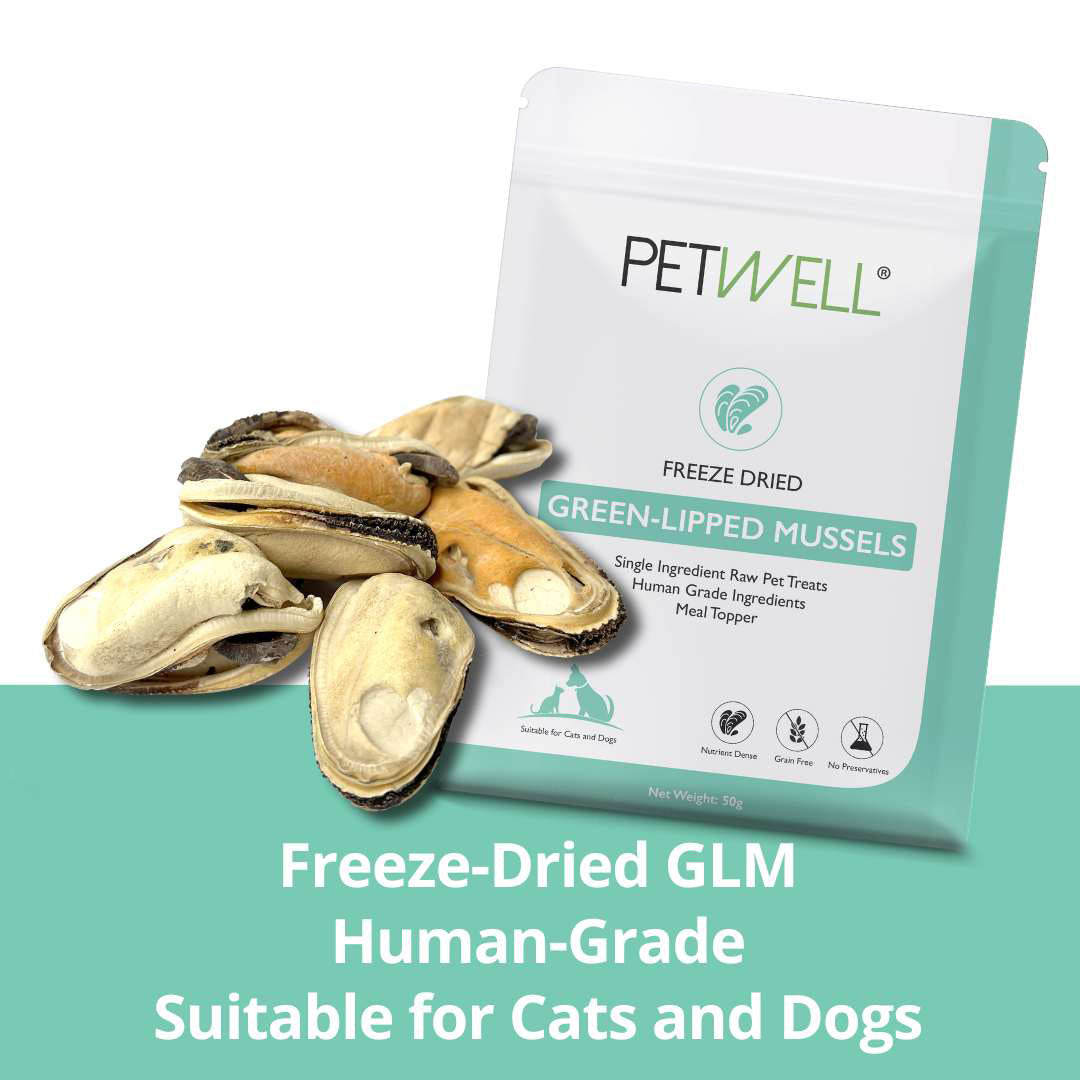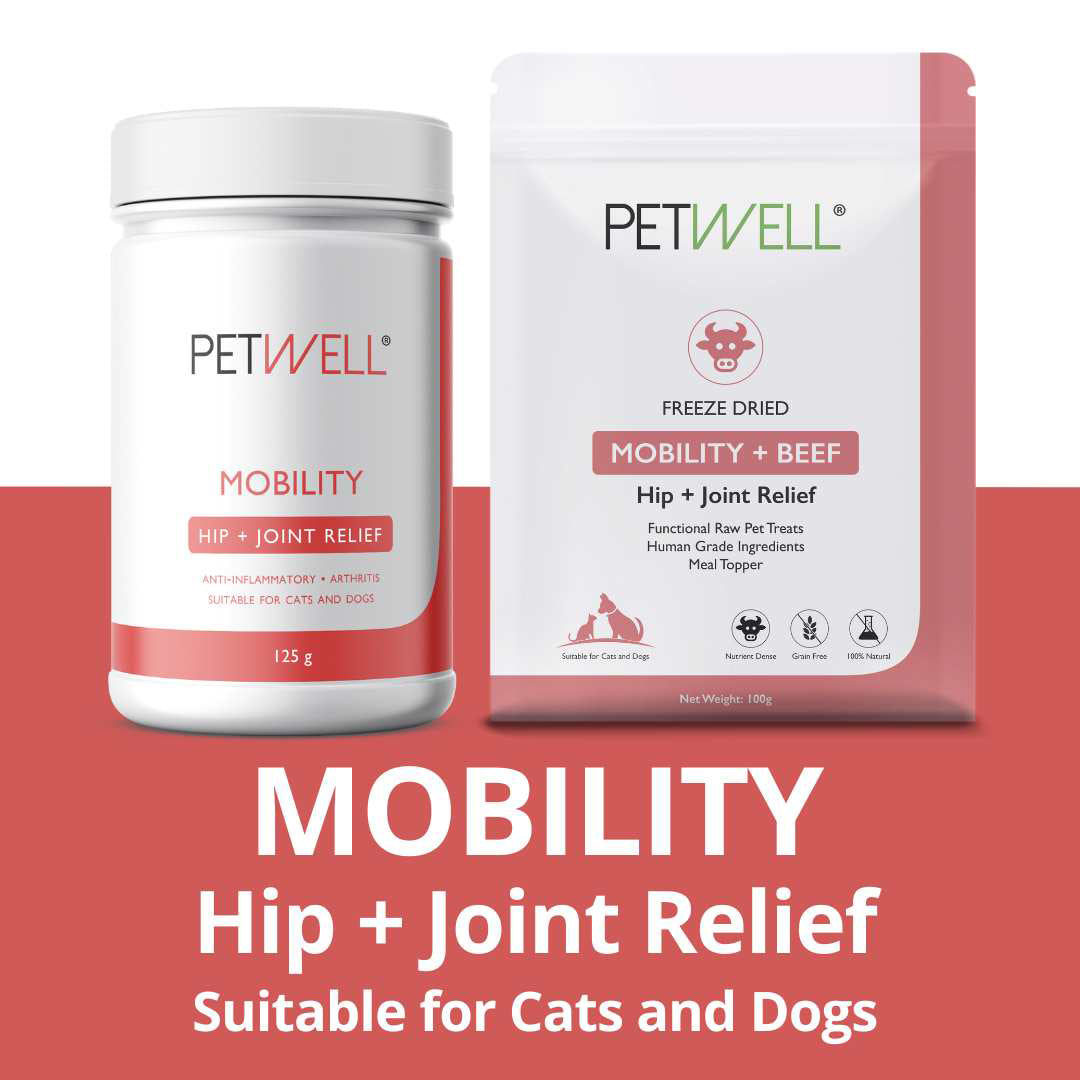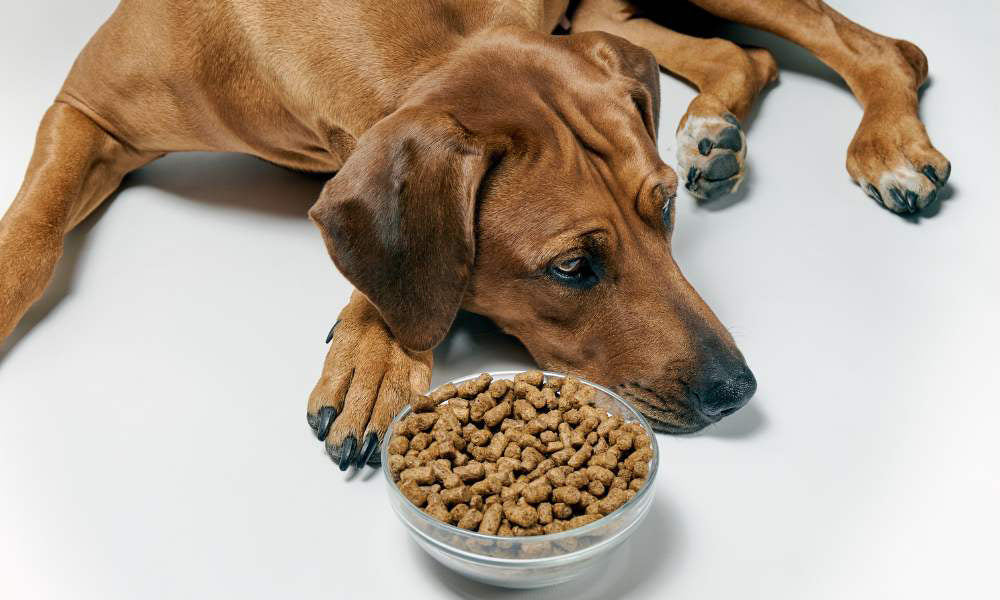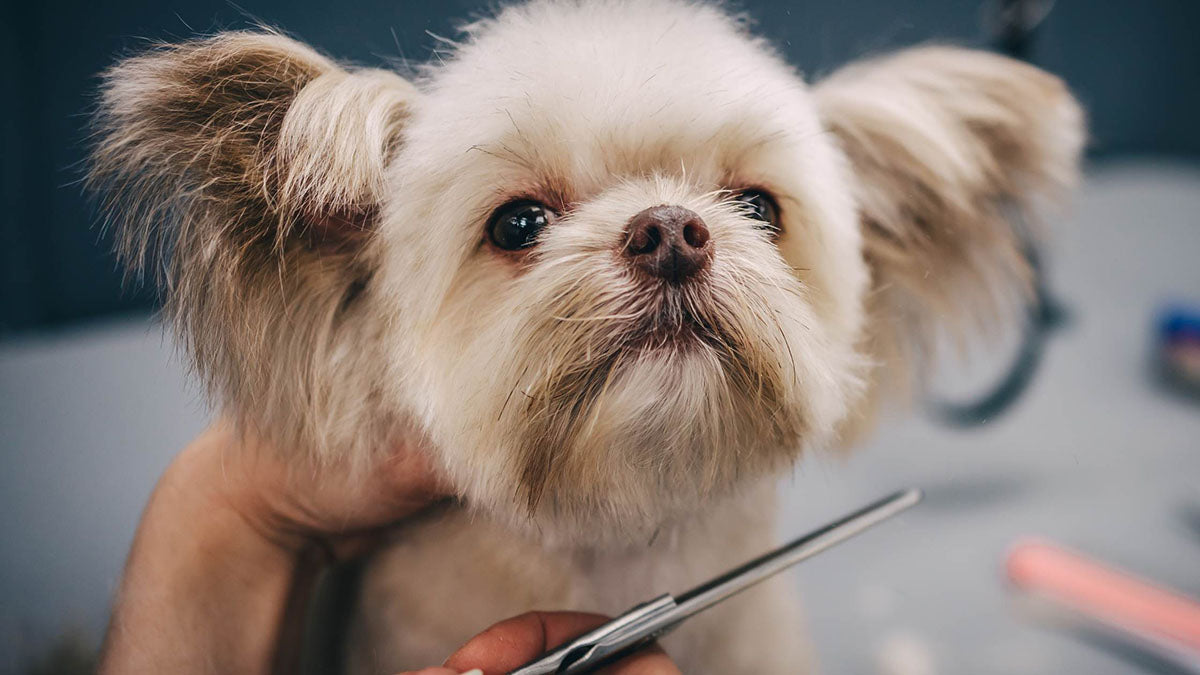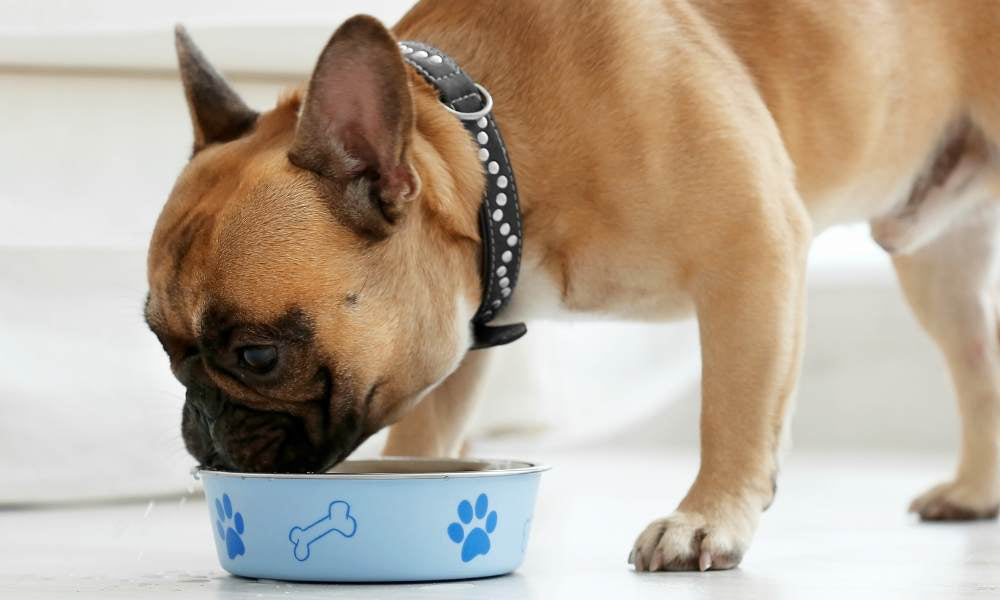Pet anxiety can present in many forms. But what are the most common forms of pet anxiety?
There has been a growing awareness of pet anxiety over the last few years, especially in dogs. Anxiety can cause mental distress and physical issues for your beloved pets.
They may develop extreme anxiety that creates behavioural issues. This can be a problem for all concerned. We don’t want our pets to be unhappy and struggling with anxiety that can be debilitating to them. But what can we do to help them?
PetWell CALM, is a great solution for pets suffering from stress and anxiety. Our specially formulated anxiety aid is designed to promote calmness, reduce stress levels, and soothe anxious behaviour in pets.
PetWell CALM is formulated by a pet naturopath and is made with all-natural, human-grade ingredients that are safe and effective, providing a gentle and non-drowsy option for pets that need a little extra help to manage their anxiety. Our unique blend helps to promote a sense of relaxation and tranquillity, making it easier for pets to cope with stressful situations.
What Causes Anxiety?
There are some common types of pet anxiety that can present more so in dogs than cats. Let’s take a look at the five major types of anxiety. Plus, what to look out for and how you can help your fur baby overcome it.
1. Separation Anxiety

The most common pet anxiety of all. There was an influx of pets acquired over the covid period - mainly dogs. Dog separation anxiety is now starting to become a problem. Most of these dogs had been with their humans 24/7 for 2 years or more. That’s a serious attachment!
What causes separation anxiety? Separation anxiety has always been the most common form of anxiety in dogs.
Apart from when your dog is separated from you, it can also occur when:
- your dog is introduced to a new, unfamiliar location
- there is a history of abandonment
- being re-homed
- having multiple owners
Dogs with separation anxiety often cannot find comfort in a new place or when introduced to a new schedule.
Things you can do to help:
- Leave your dog with a friend for a few hours or even a night. Although they are not alone, this will help them separate from you in a gentle and safe way.
- Enrol your dog into doggie daycare. This will help them with their separation anxiety and help with socialisation – WIN-WIN
- Go into a different room of the house, leaving your dog alone for periods of time. This will allow your dog to get used to you not being in the same room.
- Leave them at home alone. Start with a few minutes at a time. Gradually extend the length of time you leave them alone.
- Change up your routine, dogs work out your behaviour patterns quickly and know when you’re about to leave them. From the minute you put on your shoes or grab your keys, their anxiety starts. To break that cycle, casually take your keys and play with them for a minute or so and put them back. Put your shoes on and walk around the house for a minute or two then take them off. This will help de-sensitise your dog and put them at ease.
2. Fear Anxiety

Fear-related anxiety can be triggered when your dog feels unsafe. The common causes of fear anxiety are:
- unfamiliar people
- unfamiliar animals
- intense sounds like fireworks and thunder
- new surroundings
- stressful situations
It’s important to note that your dog senses your energy and emotions. If you are engaged in a heated conversation, it’s likely that the situation is causing your dog anxiety.
Your dog senses your energy and emotions |
Some dogs will have short-lived reactions, while others may develop more severe anxiety from any given encounter. However, your dog will develop anxiety if the event causing it is repeated.
Things you can do to help:
- Display calmness around your dog, always
- When they are around unfamiliar people or animals, stand away from the unfamiliarity. Distract your dog with games, their favourite toy, or treats. Over time, edge closer to the unfamiliarity whilst continuing to distract your dog. Repetition is key. It won’t resolve the fear right away but eventually, your dog will adjust.
- Get them used to loud noises, you can de-sensitise your dog by introducing loud noises in a safe environment – at home.
3. Environmental Anxiety

The second most common pet anxiety is environmental.
Environmental anxiety is an association your dog makes with a specific location. Have you noticed your dog behaving differently when you take them to the vet? That is due to their negative association with that location.
Other environmental triggers can include locations that regularly consist of loud noises or other situations such as public places where your dog feels unsafe.
Things you can do to help:
- If your dog is afraid of the vet, take them there for a random visit, give them a treat whilst there and praise them before leaving. This will help them understand that not all visits to the vet are scary.
- Get them used to loud noises, you can de-sensitise your pet by introducing loud noises in a safe environment – at home.
- Socialise your pet by taking them to public areas. Start with smaller groups and gradually increase the exposure to more people and other dogs over time.
Reward is the key to any behaviour enforcement. |
4. Social Anxiety

or fearful in social situations. This can be triggered by unfamiliar people or animals. Social anxiety is prevalent in rescued dogs or when they encounter other animals, especially if your dog hasn’t been properly socialised.
Things you can do to help:
- Enrol your dog into doggie daycare. This will help them socialise with other dogs they are unfamiliar with. It may be a little scary for them at first, but they will eventually gain confidence.
- Ask your friends to help, they can bring someone you and your dog are unfamiliar with (a stranger). You can do this at a park, their home or a café. Then ask the stranger to ignore your dog. Allow the dog to approach the stranger when it’s ready. Then follow through with praise, a toy or treats as a reward. Reward is the key to any behaviour enforcement.
5. Ageing Anxiety

Age is an ever-changing factor in humans, this is also true for our fur babies. Unfortunately, ageing dogs are prone to increased anxiety. It is associated with canine cognitive dysfunction syndrome which causes memory loss and confusion.
In addition, as dogs age, their senses also start declining. Their hearing, sight and smell become weaker which can be scary for them. This results in dogs having trouble navigating or seeming confused and ignoring you because they can’t hear or see you. Ultimately leading to anxiety.
Things you can do to help:
- Be patient with them. Spend a little extra time walking them and allowing them time to respond to commands.
- Avoid surprising your dog, approach them in their line of vision.
- Prepare your home for their safety. Move obstacles out of their way and create a safe zone for them to relax in.
You can read more on how to care for an ageing pet.
How to Spot Symptoms of Anxiety
Anxious dogs may display multiple symptoms including some of the ones listed here:
- Aggressiveness
- Excessive licking or chewing
- Yawning
- Tail between their legs
- Ears pinned back
- Destructive behaviour like digging and chewing on furniture
- Escaping the yard
- Urinating in the home
- Drooling & panting
- Depression
- Not eating or drinking
- Barking or howling when no one is home
- Tiredness
- Pacing
Some of these symptoms may be due to temporary anxiety-inducing events, but many can be repetitive and result in severe anxiety. Read more on the signs of anxiety in pets.
How to Manage the Most Negative Symptoms of Pet Anxiety
- Aggression due to anxiety can cause your dog to bark excessively and may lead to biting another pet or person.
- Urinating in the home is a common practice of anxious dogs.
- Destructive Behaviour is a very common symptom of an anxious pet. Scratching at doors or windows, chewing on couches or shoes.
How Else Can You Calm a Dog with Anxiety?
We can do so much more to help our dogs. Check out these 10 tips for relieving anxiety.
And here are some extra things to try;
All-Natural Supplements for Pets
There are many calming supplements available to assist with your dog’s anxiety. Some contain active ingredients such as natural herbs and vitamins But many products contain synthetic vitamins.
At PetWell we subscribe to a natural approach when it comes to calming supplements for our beloved cats and dogs.
There are many foods that have naturally occurring elements, such as thiamine, L-Theanine or
L-tryptophan that aid in calming dogs. In addition, the supplements should also work to soothe a nervous stomach to prevent digestion issues.
The all-natural supplement should contain ingredients that replenish critical vitamins and minerals that are lost due to stress and anxiety.
It’s more than just treating the anxiety, it’s also about preventing health issues caused by the anxiety. Prevention is better than cure!
Try PetWell Calm anti-anxiety supplement, it is loaded with many beneficial ingredients that not only help to reduce stress and anxiety in your pet, but it also works to restore lost vitamins due to stress and boost immunity. It contains the following ingredients.
CBD Oil for Pets
There is growing research on the calming benefits of CBD oil. Cannabidiol (CBD) is extracted from flowers and cannabis. Some vets have started recommending CBD oil for dogs as it helps them stay calm and is also non-toxic. It is also beneficial for arthritis, seizures, and digestion problems.
Calming toys
Investing in quality, safe natural fibre toys is well worth it! There are many hemp toys available. Look for the natural anti-bacterial fibres, these are the safest. The act of chewing can calm your dog as well as clean their teeth and stimulate their gums adding to your pet’s overall well-being. Search Hemp Toys.
Training
To reduce stress and anxiety, especially in dogs, they need to feel safe and have clear boundaries. This is where training is so important. Professional trainers work with anxious dogs to distract and de-sensitise them from stressful situations and anxious behaviours. It’s always best to ease into the training routine, this establishes trust with your dog and enforces safety for them. Here are 7 practical training tips you can implement right away.
Anti-Anxiety Medications for Pets
Apart from natural calming supplements and oils, toys and appropriate training methods, vets can also help. They can prescribe certain medication that you can use to treat dogs with extreme anxiety.
Such medicines consist of anti-depressants that help your dog in overcoming anxiety and stress. Furthermore, it’s important to be aware that there may be some side effects of these medications. Be sure to discuss in detail with your vet.
In Summary
There are many things you can do to help with your dog’s anxiety. As we mentioned earlier, your dog responds in like to your emotions and energy.
When your dog does something wrong, refrain from raising your voice or punishing them. That approach adds to their fear and anxiety. Positive reinforcement works best. We recommend finding a trainer who has experience with anxious dogs.
Also, take the time to play with your dog in a calm and relaxing way. This will make them feel loved and safe. In addition, it does wonders for our own well-being!
Disclaimer: The entire contents of our emails and website are not to be taken as medical advice. The team at Pet Squad Pty Ltd trading as PetWell encourages you to make your own pet healthcare decisions based on your research and in partnership with a qualified pet healthcare professional.





